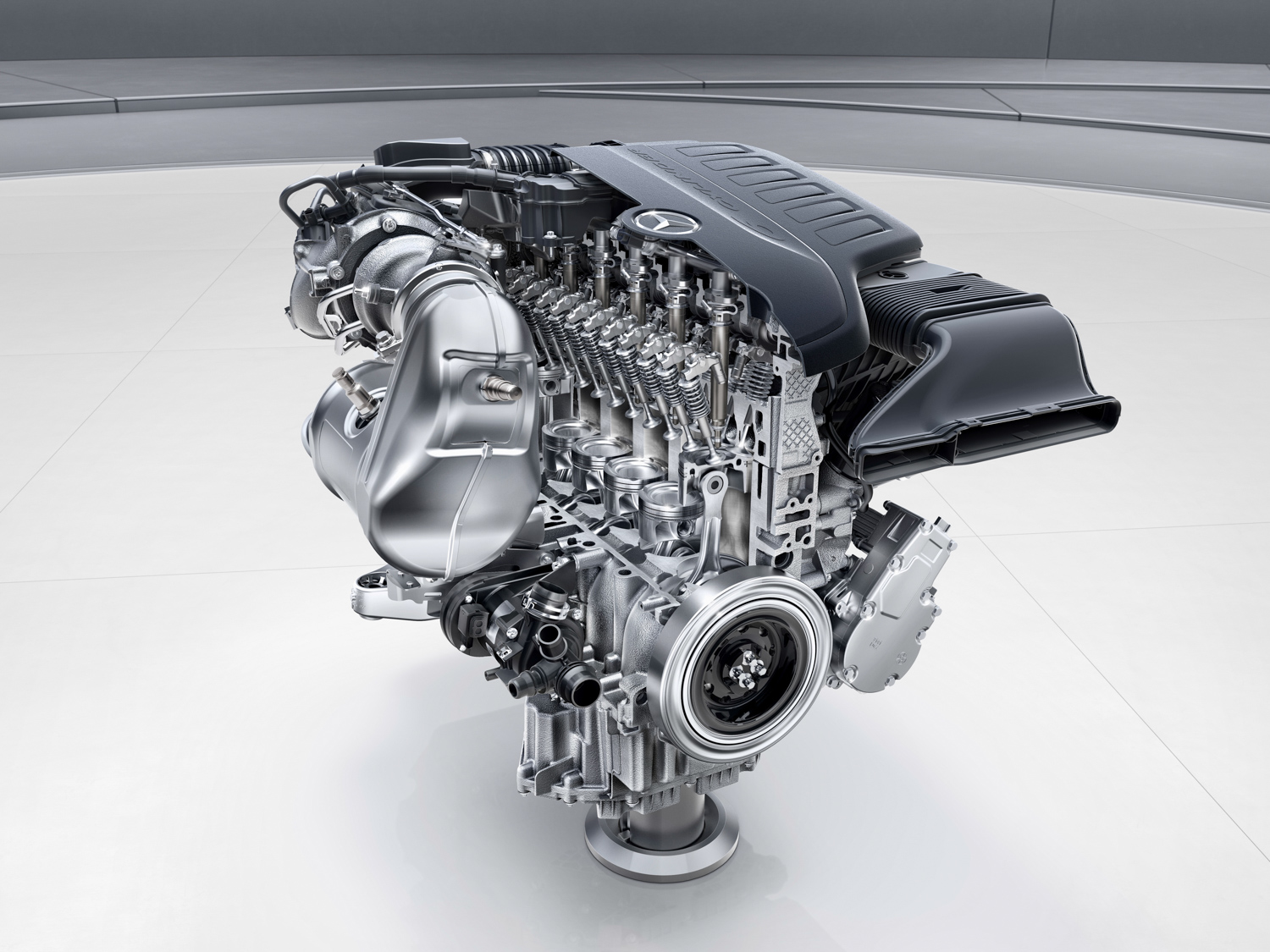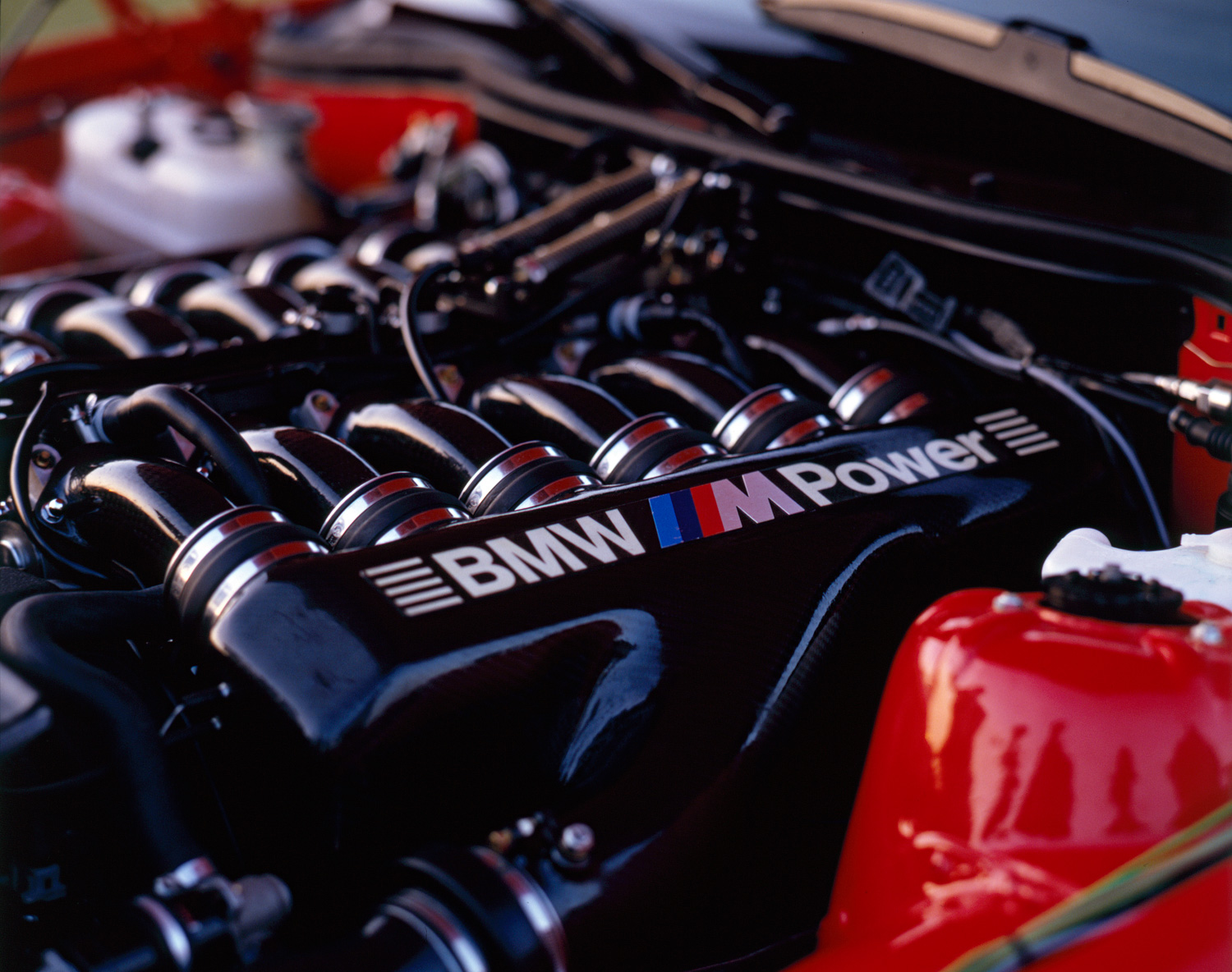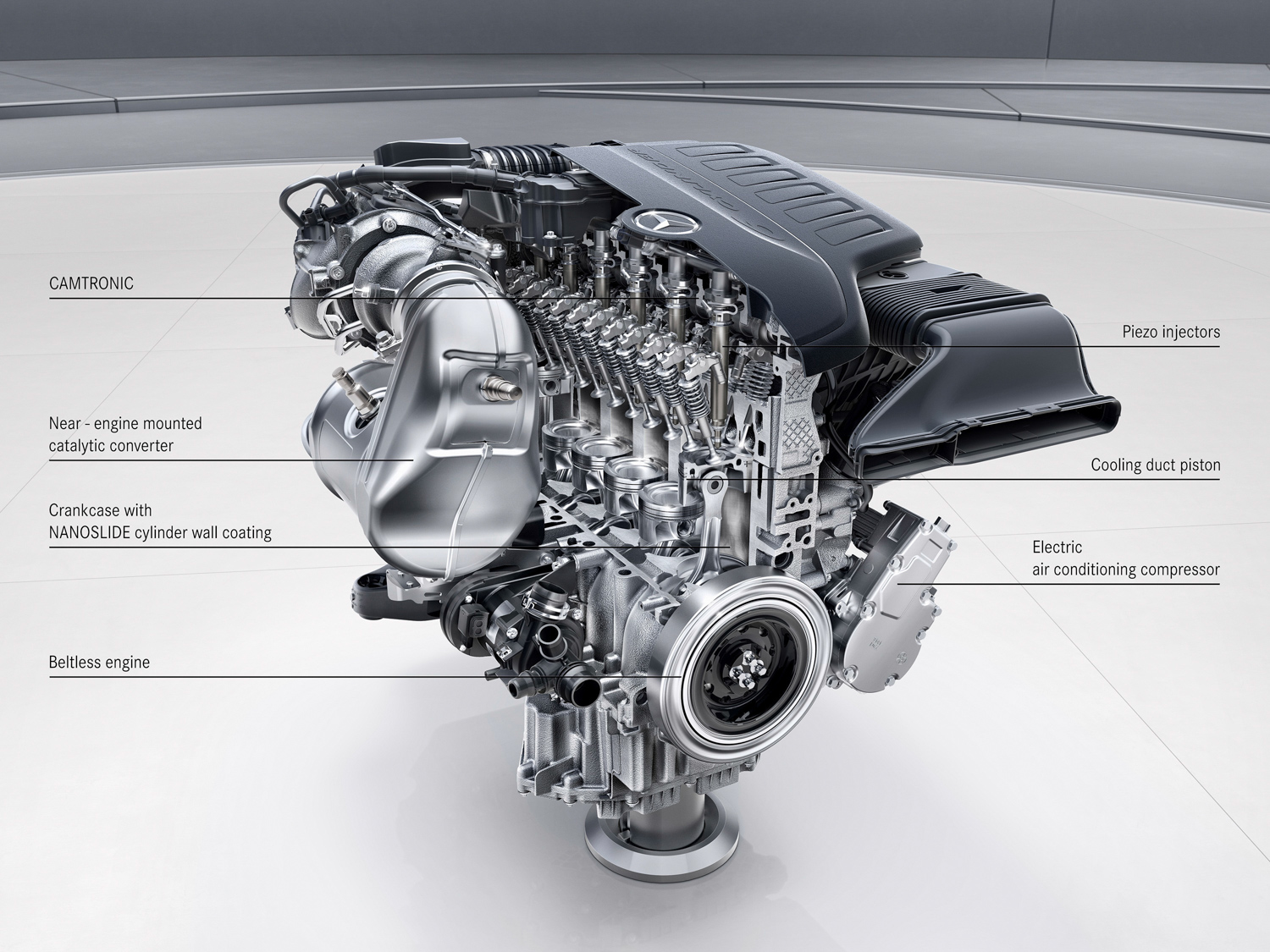Why the inline-six is making a comeback
The inline-six is an institution of the automotive world, a hallmark engine layout used by nearly every automaker at one time or another. In recent times, this engine has faded in popularity, but the latest mills from Mercedes-Benz and Jaguar, plus its continued use by BMW, show that there’s still a future for the buttery-smooth purr that only an inline-six can provide.
BMW’s identity is tied to the straight-six as much as Chevy is to the small-block V-8. It’s been a mainstay in its lineup since the company’s inception building aircraft engines in 1917. Across the automotive spectrum the straight-six has a place of honor with almost every automaker.
Mercedes-Benz started with the straight-six even earlier than BMW. Jaguar cars are synonymous with the XK6 engine, as are classic Aston Martins with their Tadek Marek-designed straight-six. The layout powered the Toyota 2000GT and later became legend with the 2JZ-GTE in the Mk IV Supra. Nissan made it famous in both the Z cars and Skyline GT-R. Volvo even engineered the engine in a transverse, front-wheel-drive configuration.
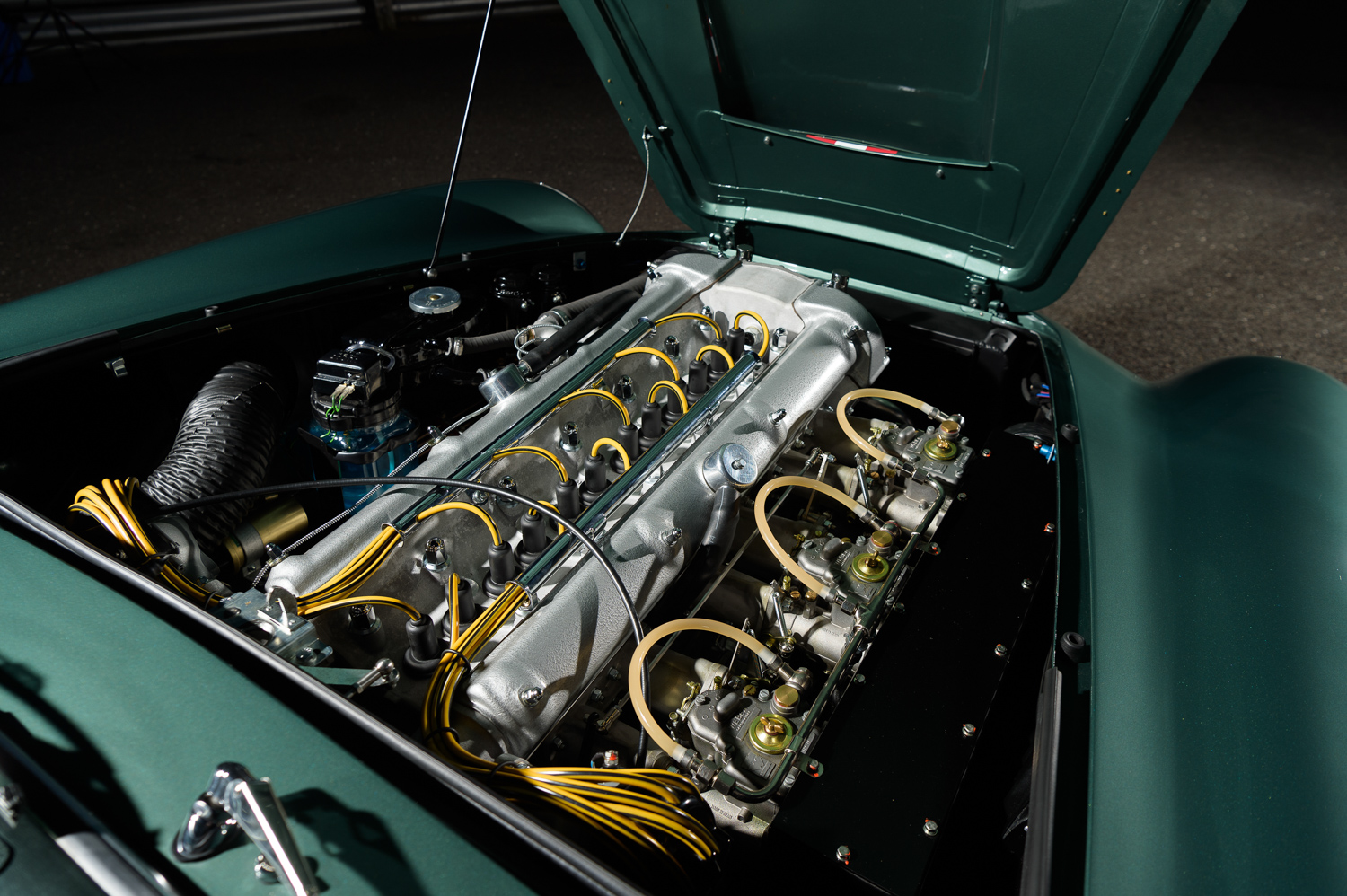

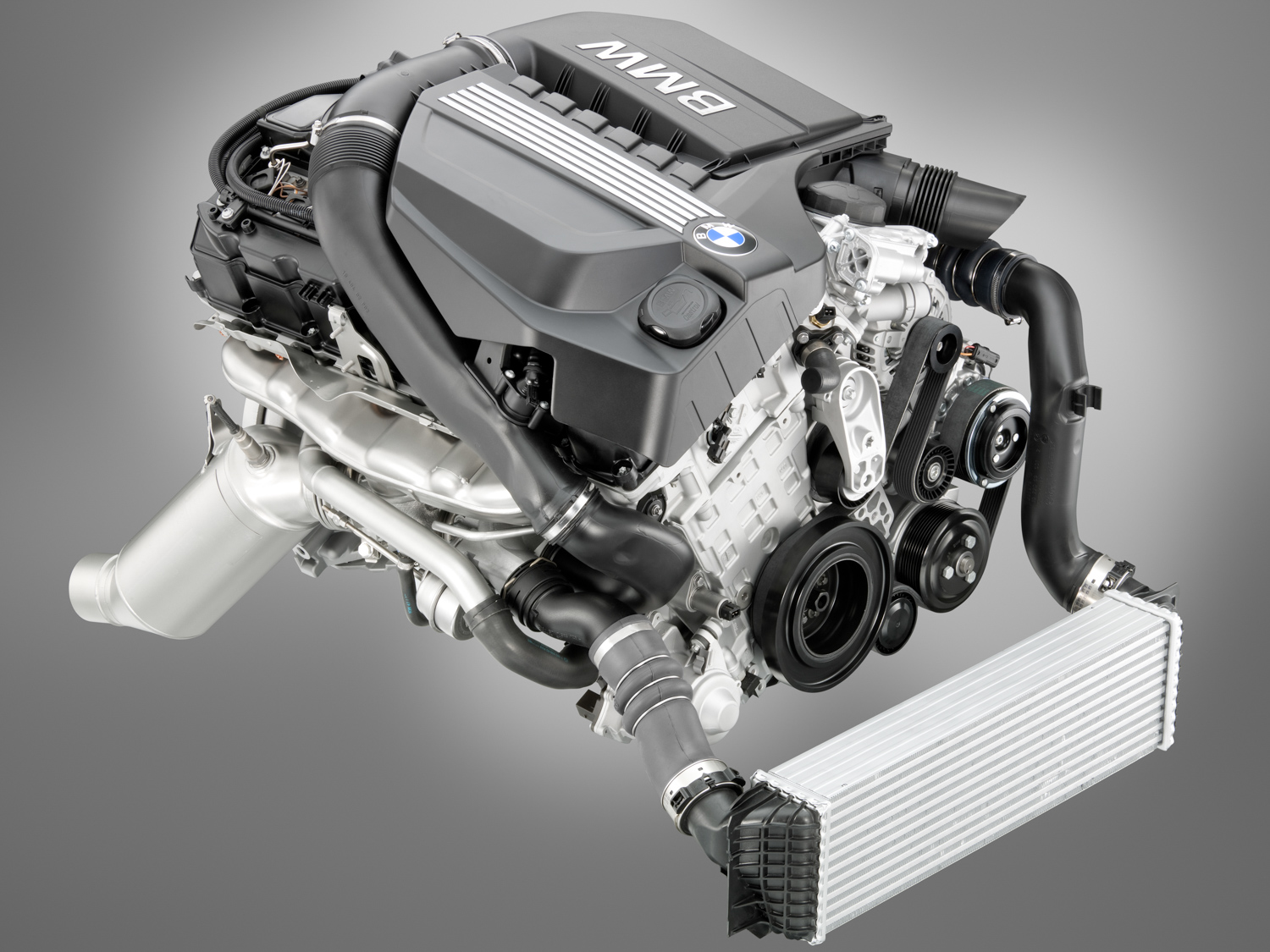

In the United States, home of the V-8, the straight-six still gained notoriety as a reliable, everyday option in cars from all of the Big Three, and it’s almost as much of a Jeep thing as the seven-slat grille. This is a drive-by overview of the straight-six, though, as the engine was everywhere.
What makes the inline-six so great is that it’s naturally balanced. It takes two crankshaft revolutions for all six cylinders to fire on a four-stroke cycle. That even cadence every 120 degrees, with most of the forces acting in one direction, cancels out any natural harmonics that would results in vibration, unlike inline-four and vee engines. Also, the inline-six is simple. With one cylinder bank, the intake and exhaust routing is straightforward. There’s only one cylinder head, which means only one set of camshafts.
The downside is that the inline-six is long. In older cars the length of the hood (and crashworthiness) weren’t much of a concern. But even then, vee engines offered an advantage in packing more cylinders into less length (albeit more width). The rise of front-wheel drive, tighter engine bay packaging, and more emphasis on crash structures lead to more and more automakers dropping the layout. More powerful four-cylinder engines also reduced the need for those two extra cylinders. Mercedes-Benz let it go in 1997 before reviving it two years ago. Jaguar stopped in 1992, Toyota in 2007. The one application where the engine never went away was in diesels, such as the Cummins found under the hood of many a Ram HD, but the gas engine was fading from our existence.
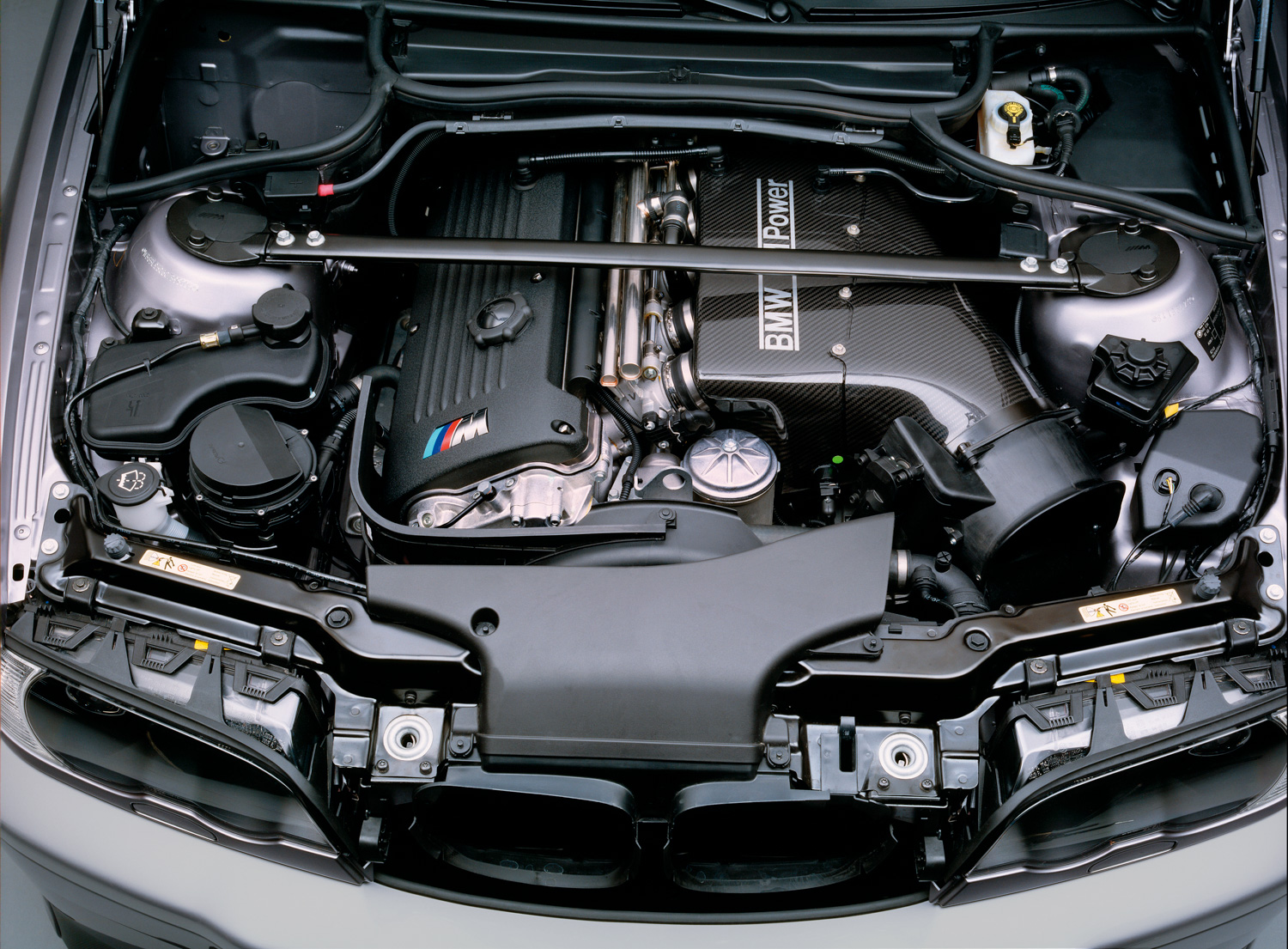
In 2017, Mercedes-Benz announced the all new M256, a 3.0-liter inline six. Jaguar re-joined the club this earlier year by announcing a six-cylinder variant of its Ingenium engine that will power the Range Rover Sport. One reason for the comeback, in a huge twist, is packaging. Turbocharging is becoming standard practice, and 48-volt electrical systems (used on both new engines) are bringing on electric-powered compressors. Finding a place to stick that hot turbo and add other gadgets is tough with a V-6 or V-8: there’s only so much room in the valley of the vee, and placing a turbo on the outside adds width and dumps heat onto other underhood parts. The straight-six layout makes it easier to keep the hot side hot and the cool side cool.
Inline-sixes are also less complicated than other layouts. That means half the camshafts and half the cylinder heads of a V-6, which means less weight and fewer parts—a benefit that decreases cost and makes for fewer things to break after years of running. Mercedes-Benz takes that a step further by eliminating the belt drive, a move that also reduces the overall length. Even with the weight of its 48V starter-generator, the M256 is actually lighter than the V-6 it replaced. Additionally, both the M-B and Jaguar engines are made on modular designs with the same size cylinders as other family engines, which shortens development time because the combustion characteristics—and therefore engine tuning—is similar across the board.
There’s one other reason that makes the inline-six appealing: it’s great for people that love driving. The perfect balance helps for smooth, easy revs, and the exhaust note is more soothing than the burbling of a freshwater stream. Even more comforting that the exhaust note, though, is the thought that a foundational piece of automotive history is still alive and well.
